
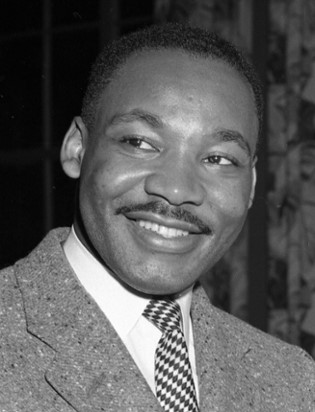
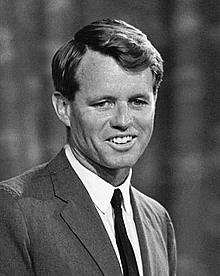 There are good reasons to think that the KGB arranged the murders of John F. Kennedy, Martin Luther King, and Robert F. Kennedy, as well as of other Americans. Note: “good reasons”, not definitive proof. In each case, I will argue that We must consider the KGB the leading suspect (in the JFK assassination, a KGB rogue and the Mafia collaborated while the KGB acted as a ghost partner). This perception can guide further investigation that can result in the more definitive finding that the KGB arranged these and related murders.
There are good reasons to think that the KGB arranged the murders of John F. Kennedy, Martin Luther King, and Robert F. Kennedy, as well as of other Americans. Note: “good reasons”, not definitive proof. In each case, I will argue that We must consider the KGB the leading suspect (in the JFK assassination, a KGB rogue and the Mafia collaborated while the KGB acted as a ghost partner). This perception can guide further investigation that can result in the more definitive finding that the KGB arranged these and related murders.
First, I will explain how the KGB and Mafia have emerged as the prime suspects in the JFK assassination. Not only was this the most important and best-known case. New evidence and interpretation point to the KGB’s role in particular and have implications for the other murders. Second, I will treat each of ten likely KGB murders in summary fashion. Third, I will touch on factors that have hampered resolution of these cases for many decades. Fourth, comparing the cases, I will identify characteristics of the KGB’s art of deniable murder. Fifth, I will draw some conclusions.
*****
1. The KGB and JFK
Tags: Arthur Paisley, assassinations, CIA, conspiracy theories, Cord Meyer, Dorothy Kilgallen, FBI, Florence Pritchett Smith, George de Mohrenschildt, Ion Mihai Pacepa, Jack Ruby, John F. Kennedy, Kennedy assassination, KGB, Lee Harvey Oswald, Marilyn Monroe, Martin Luther King, Mary Meyer, MKULTRA, Nikita Khrushchev, Robert F. Kennedy, Sirhan Sirhan, William Colby, William J. Bryan MD
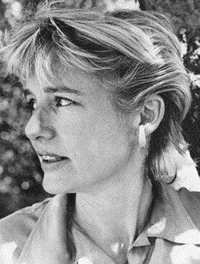
On October 12, 1964, Mary Pinchot Meyer was murdered on the canal towpath in Georgetown. A divorced artist from a prominent family, Meyer was known by insiders to have been President John F. Kennedy’s senior female consort during his White House years, though the story never leaked to the public.
Her murder and the ensuing trial of Raymond Crump, Jr., an African-American laborer found by the police in the vicinity of the murder, drew a good deal of attention at the time. Crump had been identified by a gas station attendant helping start a car on a road overlooking the canal. Hearing cries of “Somebody help me. Somebody help me” and two shots, the attendant ran to look.
Tags: American history, assassination, conspiracy theories, John F. Kennedy, KGB, Mary Meyer
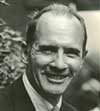 Carroll Quigley (1910-1977) was a noted historian, polymath, and theorist of the evolution of civilizations.
Carroll Quigley (1910-1977) was a noted historian, polymath, and theorist of the evolution of civilizations.
Born and raised in Boston, Quigley planned to pursue a career in biochemistry. But he soon shifted to history, to which he brought an analytical, scientific approach and a questing spirit. After receiving a B.A., M.A., and Ph.D in history from Harvard University, he taught at Princeton and Harvard. In 1941 Quigley joined the School of Foreign Service at Georgetown University, where he came to teach a highly regarded course, “Development of Civilization”.
Tags: Bill Clinton, Carroll Quigley, civilization, conspiracy theories, historical analysis, history
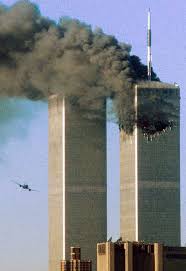 The apparent misdeeds and cover-ups of the administration of George W. Bush related to the terrorist attacks of 2001 remain in historical limbo. Neither presidents, nor the Congress, nor the media have gotten to the bottom of these tragic events. The 9/11 Commission Report, while providing hundreds of useful details, egregiously and unpardonably failed to examine the doings of senior government officials in the run-up to 9/11 and so must be considered a cover-up. As a result, the American public has not come to closure on the 9/11 attacks or on the anthrax mailings of 2001, nor is there a shared understanding of such a critical issue as the real reasons that the US attacked Iraq in 2003.
The apparent misdeeds and cover-ups of the administration of George W. Bush related to the terrorist attacks of 2001 remain in historical limbo. Neither presidents, nor the Congress, nor the media have gotten to the bottom of these tragic events. The 9/11 Commission Report, while providing hundreds of useful details, egregiously and unpardonably failed to examine the doings of senior government officials in the run-up to 9/11 and so must be considered a cover-up. As a result, the American public has not come to closure on the 9/11 attacks or on the anthrax mailings of 2001, nor is there a shared understanding of such a critical issue as the real reasons that the US attacked Iraq in 2003.
These failures have left the field open to wild speculations regarding these events, generally termed “conspiracy theories”, though this term obscures the crucial distinction between elaborate prospective plots involving many actors (silly in the context of an open society) and retrospective cover-ups that government officials who have made embarrassing mistakes are all too prone to engage in (very realistic and plausible). However, it is also true that simple prospective plots involving two or three individuals can occur.
Failure to reach a full, shared understanding of major events that led to interminable wars and occupations in the Middle East and Southwest Asia as well as to the undermining of civil liberties has helped to alienate Americans from their government and media, a triumph for America’s enemies. So we must make every effort to establish a clear common interpretation of what actually happened.
Tags: 9/11 attacks, Able Danger, al Qaeda, anthrax mailings, biodefense, Bush Administration, conspiracy theories, Dick Cheney, FBI, Flight #587, George W. Bush, I. Lewis Libby, Ivins, Jdey, Paul Wolfowitz, shoebombing, terrorism
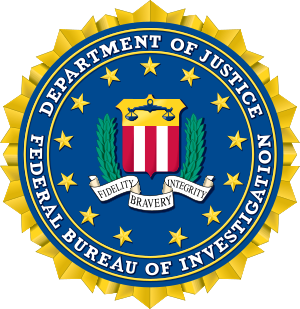
The 9/11/2001 attacks ushered in an era of endless wars, fear of terrorism, antipathy to immigrants, and domestic surveillance. Arguably the most important issue regarding 9/11 is the doings of senior government officials in the run-up to the attacks. Yet both the media and the 9/11 Commission report have refused to discuss it. This refusal must raise the suspicion that there was indeed wrongdoing.
Tags: 9/11 attacks, al Qaeda, conspiracy theories, FBI investigation, presidential campaign, terrorism, war on terrorism


 There are good reasons to think that the KGB arranged the murders of John F. Kennedy, Martin Luther King, and Robert F. Kennedy, as well as of other Americans. Note: “good reasons”, not definitive proof. In each case, I will argue that We must consider the KGB the leading suspect (in the JFK assassination, a KGB rogue and the Mafia collaborated while the KGB acted as a ghost partner). This perception can guide further investigation that can result in the more definitive finding that the KGB arranged these and related murders.
There are good reasons to think that the KGB arranged the murders of John F. Kennedy, Martin Luther King, and Robert F. Kennedy, as well as of other Americans. Note: “good reasons”, not definitive proof. In each case, I will argue that We must consider the KGB the leading suspect (in the JFK assassination, a KGB rogue and the Mafia collaborated while the KGB acted as a ghost partner). This perception can guide further investigation that can result in the more definitive finding that the KGB arranged these and related murders.
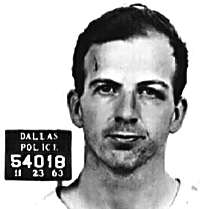





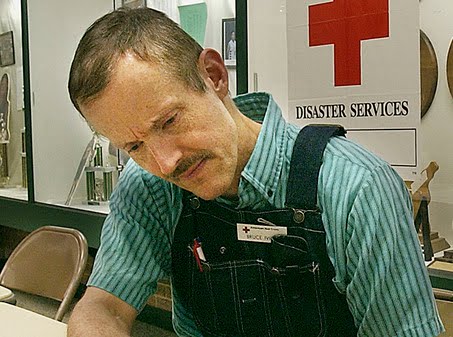
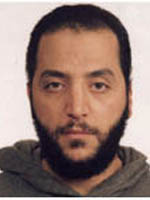 The FBI investigation of the 2001 anthrax mailings may well have been the most extensive criminal investigation in world history. According to FBI, which closed its investigation on February 19, 2010, the Mailer was U.S. Government scientist Bruce Ivins, who committed suicide in July, 2008. But the evidence FBI has adduced is so weak that skepticism is widespread among scientists, other observers of the case, and the public at large.
The FBI investigation of the 2001 anthrax mailings may well have been the most extensive criminal investigation in world history. According to FBI, which closed its investigation on February 19, 2010, the Mailer was U.S. Government scientist Bruce Ivins, who committed suicide in July, 2008. But the evidence FBI has adduced is so weak that skepticism is widespread among scientists, other observers of the case, and the public at large.